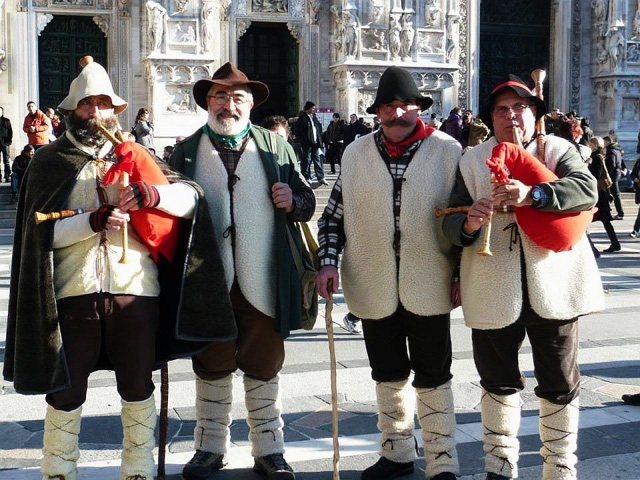After 450 Years in storage, Sister Plautilla Nelli’s ‘Last Supper’ has been finally unveiled in Florence, Italy. The Renaissance painter’s masterpiece been undergoing a four-year restoration that has finally been completed. The large-scale painting now hangs on permanent display in the Santa Maria Novella Museum refectory. It stands opposite The Last Supper by Alessandro Allori, a male contemporary of Nelli.
The 21 foot-long painting had languished in storage before it was pulled out to undergo restoration, funded with private money and crowdsourcing. Often described as Florence’s first female artist, Sister Nelli’s painting has been seen by some as poetic justice for anonymous women artists everywhere. European museums are currently marking the 500 year anniversary of the death of Leonardo da Vinci. During his lifetime and Nelli’s, female artists were barred from going to school and could not study anatomy or the male figure.
The organization, Advancing Women Artists, played a major role in Nelli’s rediscovery and the restoration of her work. “One will never get closer to an artist than in the restoration studio,” says the head conservator of the project, Rossella Lari. “We restored the canvas and, while doing so, rediscovered Nelli’s story and her personality. She had powerful brushstrokes and loaded her brushes with paint,” says Lari. “Plautilla knew what she wanted and had control enough of her craft to achieve it.”
Born in 1524, Nelli became a nun and eventually established an all-woman painter workshop at her convent, Santa Caterina di Cafaggio. The nuns sold works to members of the Florentine nobility and, as a result, established economic self-sufficiency.
The oil painting is the only known work on the penultimate religious scene to be made by a female artist from the Renaissance. It is also one of the largest works by an early female artist. Italian Renaissance biographer Giorgio Vasari, who wrote at length about Leonardo da Vinci, mentioned Nelli in the second edition of his Lives of the Artists in 1568. “She would have done wonderful things if she had only studied as men do,” he wrote. The signature on the painting reads: “Sister Plautilla – Pray for the Paintress.”





